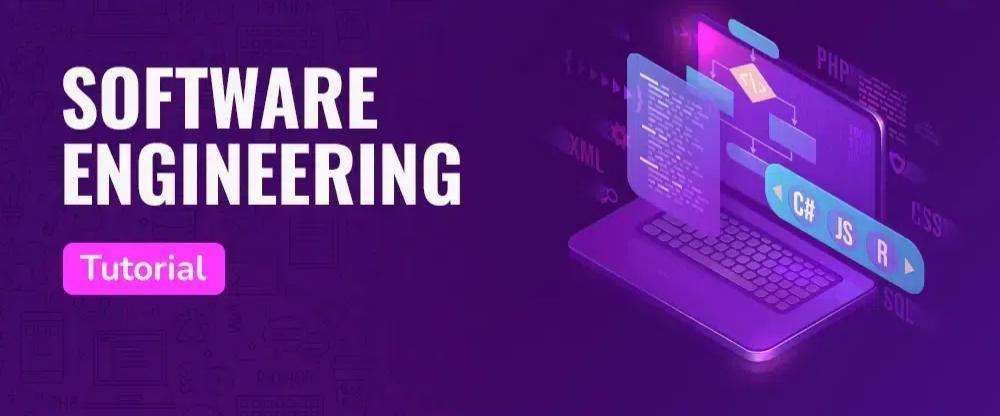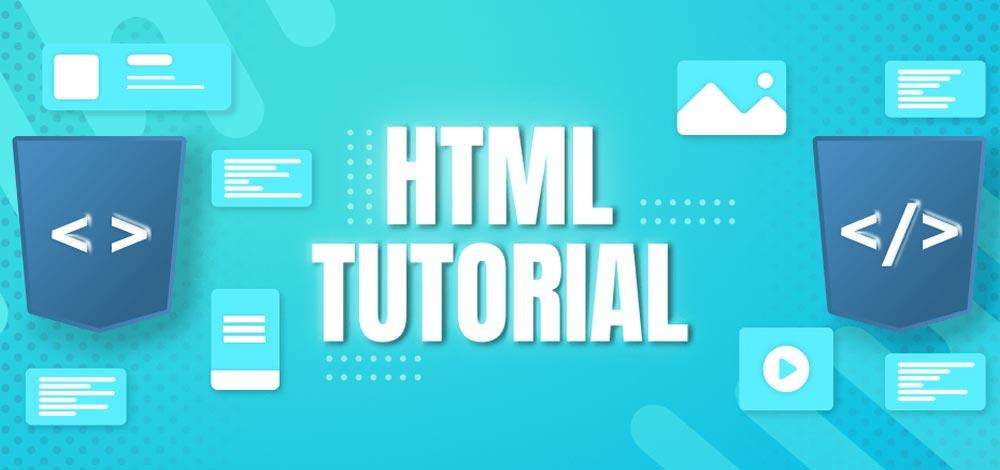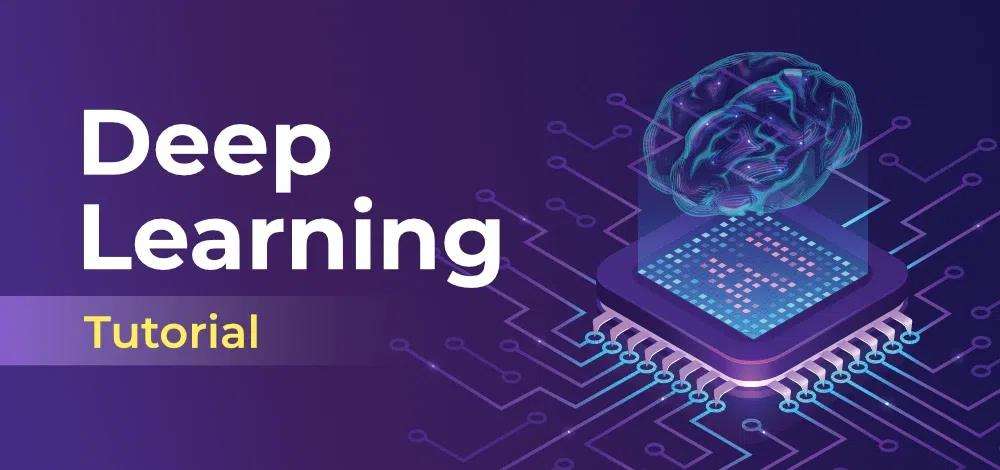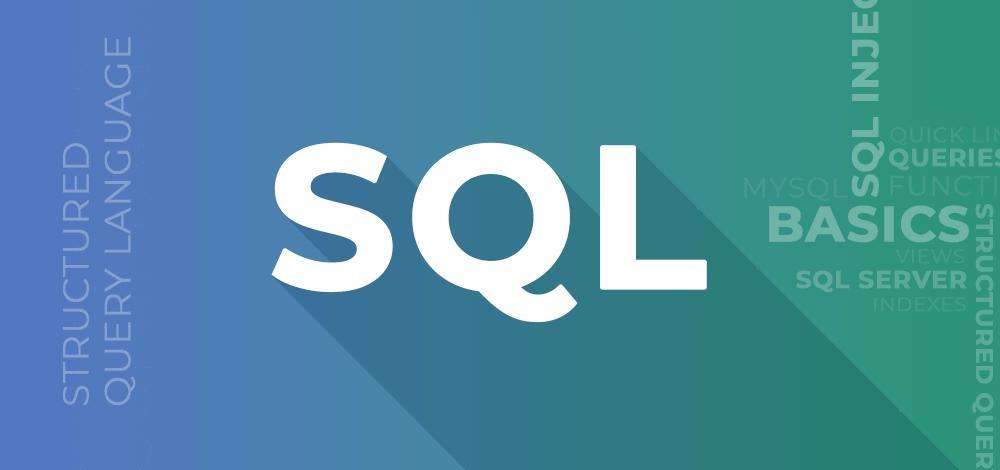
Embark on an inspiring journey into the heart of software creation. This guide is your blueprint for navigating the multifaceted world of software engineering, a field that shapes our digital experiences and drives innovation.
Software Engineering is a specialized area of Engineering where you’ll learn how to create, design, test, and look after software in a methodical way. Software consists of various programs, which are crafted by software engineers. These programs are coded in different programming languages such as C++, Java, Python, Django, and more.
In this Software Engineering Tutorial, you’ll grasp everything from the basics to the more complex topics, including Software Engineering Models and Architecture, the Software Development Life Cycle, software project management, software metrics, and software requirements. This tutorial is ideal for students and those aiming to become software engineers, offering a thorough comprehension of numerous facets of the software engineering field.
Before starting the tutorial, let’s understand what software engineering is.
What is Software Engineering?
Software engineering is the discipline of designing, developing, testing, and maintaining software. It’s a blend of art and science, requiring both creativity and technical expertise to build software that’s both functional and user-friendly.
Software Engineering involves a structured approach to the creation of software, ensuring it’s robust, dependable, and easy to maintain. It encompasses a broad range of practices and tools that cover the entire software development lifecycle, from initial analysis of requirements to design, testing, and ongoing maintenance.
This field is all about applying engineering principles to software development to achieve the best possible outcomes.

The Significance of Software Engineering
In our technology-centric society, software engineers are the architects of the digital landscape. Their work is pivotal for:
- Developing applications that ease and enrich our daily lives
- Ensuring software reliability and performance
- Protecting user data from security threats
- Paving the way for technological advancements
Roadmap Overview to Becoming a Software Engineer
Your path to mastering software engineering involves several key stages:
Step 1: Learning the Fundamentals
Start with the basics of programming languages, algorithms, and data structures. Understanding these concepts is crucial for building a strong foundation.
Step 2: Software Development Life Cycle (SDLC)
Familiarize yourself with the SDLC phases, from requirements analysis to design, implementation, testing, deployment, and maintenance.
Step 3: Specializing in a Field
Choose a specialization within software engineering, such as web development, mobile applications, or data science, and dive deep into its practices and tools.
Step 4: Best Practices and Design Patterns
Learn about software design patterns, best practices, and methodologies like Agile and DevOps that streamline the development process.
Step 5: Continuous Learning and Adaptation
Stay updated with the latest technologies and trends, and continuously refine your skills through practice and ongoing education.
Complete Software Engineering Complete
1. Software Engineering Introduction
Software Engineering is a methodical and disciplined field that focuses on the quantitative aspects of software system design, development, operation, and maintenance. This article serves as a primer to the fundamentals of software engineering, addressing topics such as the basic concepts of software and software engineering, as well as the necessity of this discipline in the creation of software systems.
- Introduction to Software Engineering
- Introduction to Software Development
- Classification of Software
- Software Evolution
- What is the Need of Software Engineering?
- What does a Software Engineer Do?
2. Software Development Models & Architecture
Software development models are essential blueprints that shape the way software is built and delivered. They offer a systematic method for managing the complexity of software development and ensuring that the end product meets quality standards. Here’s a brief overview of some prevalent models:
- Waterfall Model: This is a linear and sequential approach where each phase must be completed before the next begins. It’s straightforward but can be inflexible.
- Agile Model: Agile is an iterative and incremental model that emphasizes flexibility and customer feedback. It allows for rapid adjustments throughout the development process.
- Spiral Model: Combining elements of both iterative and waterfall models, the spiral model focuses on risk assessment and mitigation. It’s often used for large, complex projects.
- V-Model (Validation and Verification Model): This model is an extension of the waterfall model and introduces testing phases parallel to each development stage.
- DevOps: While not a traditional software development model, DevOps emphasizes collaboration between development and operations teams to automate processes and integrate continuous delivery.
Each model has its strengths and is chosen based on the specific needs and constraints of the project at hand.
- Classical Waterfall Model
- Iterative Waterfall Model
- Spiral Model
- Incremental process model
- Rapid application development model(RAD)
- RAD Model vs Traditional SDLC
- Agile Development Models
- Agile Software Development
- Extreme Programming (XP)
- SDLC V-Model
- Comparison of different life cycle models
Software architecture is essentially the overarching framework of a software system. It outlines the various parts of the system, how they work together, and the rules that shape their creation. Below are some typical software architectures:
- Layered (n-tier) Architecture: This common structure divides the system into layers with specific functions, promoting organization and manageability.
- Event-Driven Architecture: Built around the detection and handling of events, this architecture allows for high responsiveness and flexibility.
- Microservices Architecture: This approach breaks down a system into small, independent services that communicate over well-defined APIs.
- Monolithic Architecture: In contrast to microservices, a monolithic architecture is a single, indivisible unit, often simpler to deploy but harder to scale.
- Service-Oriented Architecture (SOA): This model enables services to be reused across different parts of a software system, making it more efficient and adaptable.
Each architecture type serves different project needs and is chosen based on specific goals and constraints.
- User Interface Design
- Coupling and Cohesion
- Information System Life Cycle
- Database application system life cycle
- Pham-Nordmann-Zhang Model (PNZ model)
- Schick-Wolverton software reliability model
3. Software Project Management(SPM)
Software Project Management (SPM) is about carefully planning, coordinating, and overseeing software projects to make sure they finish on schedule, stay within budget, and meet the desired quality criteria. Below, you’ll find some articles that provide a thorough insight into Software Project Management (SPM):
- Project Management Process
- Project size estimation techniques
- System configuration management
- COCOMO Model
- Capability maturity model (CMM)
- Integrating Risk Management in SDLC | Set 1
- Integrating Risk Management in SDLC | Set 2
- Integrating Risk Management in SDLC | Set 3
- Role and Responsibilities of a software Project Manager
- Software Project Management Complexities
- Quasi renewal processes
- Reliability Growth Models
- Jelinski Moranda software reliability model
- Schick-Wolverton software reliability model
- Goel-Okumoto Model
- Mills’ Error Seeding Model
- Basic fault tolerant software techniques
- Software Maintenance
4. Software Metrices
Software metrics are numerical indicators that evaluate different facets of software development activities, outcomes, and projects. They offer crucial information about the quality, functionality, and productivity of the software development process. Some widely recognized software metrics include:
- Code Complexity: Measures how complex the program’s logic is, which can affect maintainability and error frequency.
- Lines of Code (LOC): Counts the number of lines in the source code, giving a basic measure of the project’s size.
- Function Points: Assesses the functionality provided to the user based on the logical design and user interactions.
- Bug Rate: Tracks the number of defects per unit of time or per function point, indicating the software’s stability.
- Test Coverage: Determines the percentage of the codebase that is covered by tests, reflecting on the software’s reliability.
- Cyclomatic Complexity: Evaluates the number of independent paths through a program’s source code, related to its testability.
- Technical Debt: Estimates the cost of additional rework caused by choosing an easy solution now instead of using a better approach that would take longer.
These metrics help teams monitor progress, identify potential issues early, and ensure the delivery of high-quality software products.
- Software Measurement and Metrics
- People Metrics and Process Metrics in Software Engineering
- Halstead’s Software Metrics
- Cyclomatic Complexity
- Functional Point (FP) Analysis – Software Engineering
- Lines of Code (LOC) in Software Engineering
5. Software Requirements
Software requirements outline the essential attributes, functionalities, capabilities, and limitations that a software system must have to satisfy user and stakeholder expectations. They form the bedrock of the software development process, informing the design, execution, and verification stages. The articles provided here distill the concept of software requirements into straightforward, comprehensible ideas.
- Requirements Engineering Process
- Classification of Software Requirements
- How to write a good SRS for your Project
- Quality Characteristics of a good SRS
- Requirements Elicitation
- Challenges in eliciting requirements
6. Software Configuration
Software configuration is about overseeing and directing the modifications to software systems, their parts, and associated items during the entire software development process. The articles listed here will assist you in delving into the subject of Software Configuration.
- Software Configuration Management
- Objectives of Software Configuration Management
- Software Quality Assurance
- Project Monitoring & Control
7. Software Quality
Software quality is about how well a software product fulfills the outlined requirements and user needs, ensuring that it’s dependable, effective, easy to maintain, and straightforward to use. The articles mentioned offer a detailed understanding of Software Quality.
- Software Quality
- ISO 9000 Certification
- SEICMM
- Six Sigma
8. Software Design
Software design is the process of devising a plan or outline for structuring a software system to fulfill its needs in a practical and efficient manner. The articles provided will offer you a lucid breakdown of Software Design concepts.
- Software Design Process
- Software Design process – Set 2
- Software Design Principles
- Coupling and Cohesion
- Function Oriented Design
- Object Oriented Design
- User Interface Design
9. Software Reliability
Software reliability is the measure of a software system’s consistency in performing its expected tasks within given conditions over a certain duration, without encountering breakdowns or mistakes that could interrupt its functioning. The articles mentioned will guide you through different aspects and theories related to software reliability.
- Software Reliability
- Software Fault Tolerance
10. Software Testing and Debugging
Software testing and debugging are crucial stages in the software development lifecycle, focusing on verifying the quality and dependability of software products. To deepen your understanding of these areas, consider exploring the following resources:
- Software Testing Tutorial
- Seven Principles of software testing
- Testing Guidelines
- Black box testing
- White box Testing
- Debugging
- Selenium: An Automation tool
- Integration Testing
These articles can provide you with a comprehensive view of software testing and debugging, enhancing your knowledge and skills in these essential aspects of software development.
11. Software Maintenance
Software maintenance is the ongoing process of updating, adjusting, and improving software to maintain its effectiveness, efficiency, and relevance over time. To gain a deeper understanding of the various aspects of software maintenance, consider exploring these resources:
- Software Maintenance
- Cost and efforts of software maintenance
These articles provide valuable insights into the practice of software maintenance, helping you understand its critical role in the software development lifecycle.
12. Difference Between
Recognizing the distinctions among various software engineering concepts is crucial. It allows for a deeper understanding of each concept’s particular advantages and limitations.
With this insight, one can make more informed choices about the right approach for a given task or project. It’s all about leveraging the right tools and methodologies to streamline the development process and ensure the successful realization of software goals.
- Waterfall model vs Incremental model
- v-model vs waterfall model
- Manual testing vs Automation testing
- Sanity Testing vs Smoke Testing
- Cohesion vs Coupling
- Alpha Testing vs Beta Testing
- Testing and Debugging
- Functional vs Non-functional Testing
- Waterfall Model vs Spiral Model
- RAD vs Waterfall
- Unit Testing vs System Testing
- Load Testing vs Stress Testing
- Frontend Testing vs Backend Testing
- Agile Model vs V-Model
Software Engineering Interview Questions
- Software Engineering Interview Questions
- Software Engineering Quiz
- SDLC MCQ Questions
- Risk Management MCQ Questions
- Software Development Models MCQ Questions and Answers
- Software Quality Assurance Quiz
Note: Here is a gift for you.
1. Our free Software Engineer course is Here, Take the course Now and upskill.
APPLY TODAY
2. Elevate Your Software Engineering,Testing and Automation Skills with Industry Pros
2. Embarking on a FREE course in Software Testing and Automation can be a transformative experience, especially when guided by seasoned professionals.
Unlock the secrets of software testing and automation quickly and effectively with our team of industry-savvy mentors. Dive into our Software Automation Course and start a thrilling journey towards mastering essential skills with confidence!
What’s in Store for You:
- A Thorough Software Automation Curriculum
- Insightful Mentorship for Streamlined Learning
- Practical Experience with Actual Projects
- A Solid History of Over 100,000 Satisfied Learners
Conclusion
As you reach the end of this blueprint, you’re equipped with the knowledge and insights to forge your path in software engineering. Your journey is just beginning, and the possibilities are limitless. Embrace the challenge, and let your passion for technology lead the way to a fulfilling career.
RELATED ARTICLES
- Database Management System(DBMS) Tutorial & Roadmap
- Computer Networking Tutorial & Roadmap
- Software Testing Tutorial & Roadmap
- Complete Android Development Tutorial & Roadmap
- Bootstrap Tutorial & Roadmap
- Mathematics for Machine Learning Roadmap & Tutorial
- Pandas Tutorial & Roadmap
- NumPy – Python Library Tutorial & Roadmap
- How To Learn Data Science From Scratch on your own: Data Science for Beginners
- Mastering Data Visualization with Python Roadmap & Tutorial
- Operating System(OS) Tutorial & Roadmap









